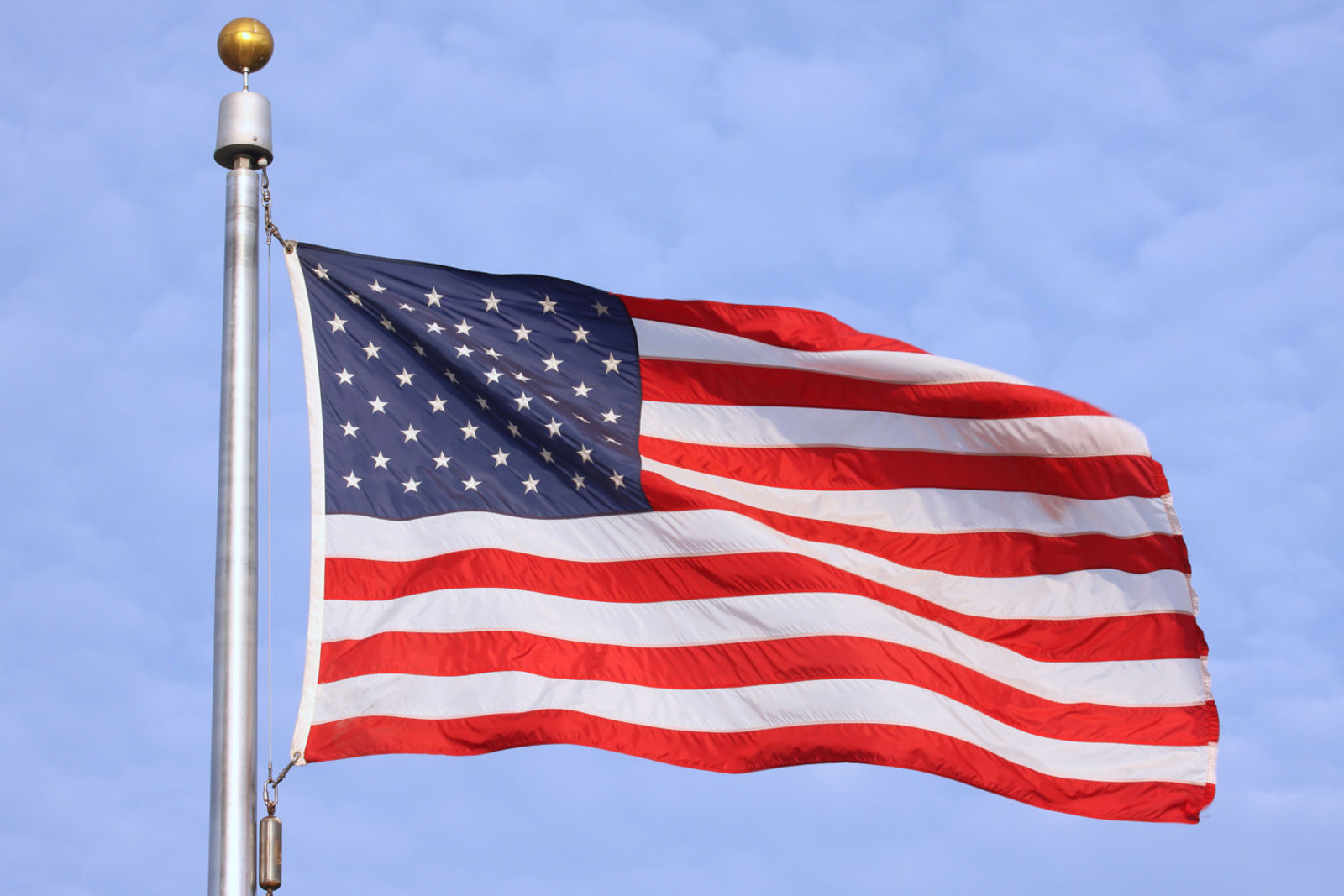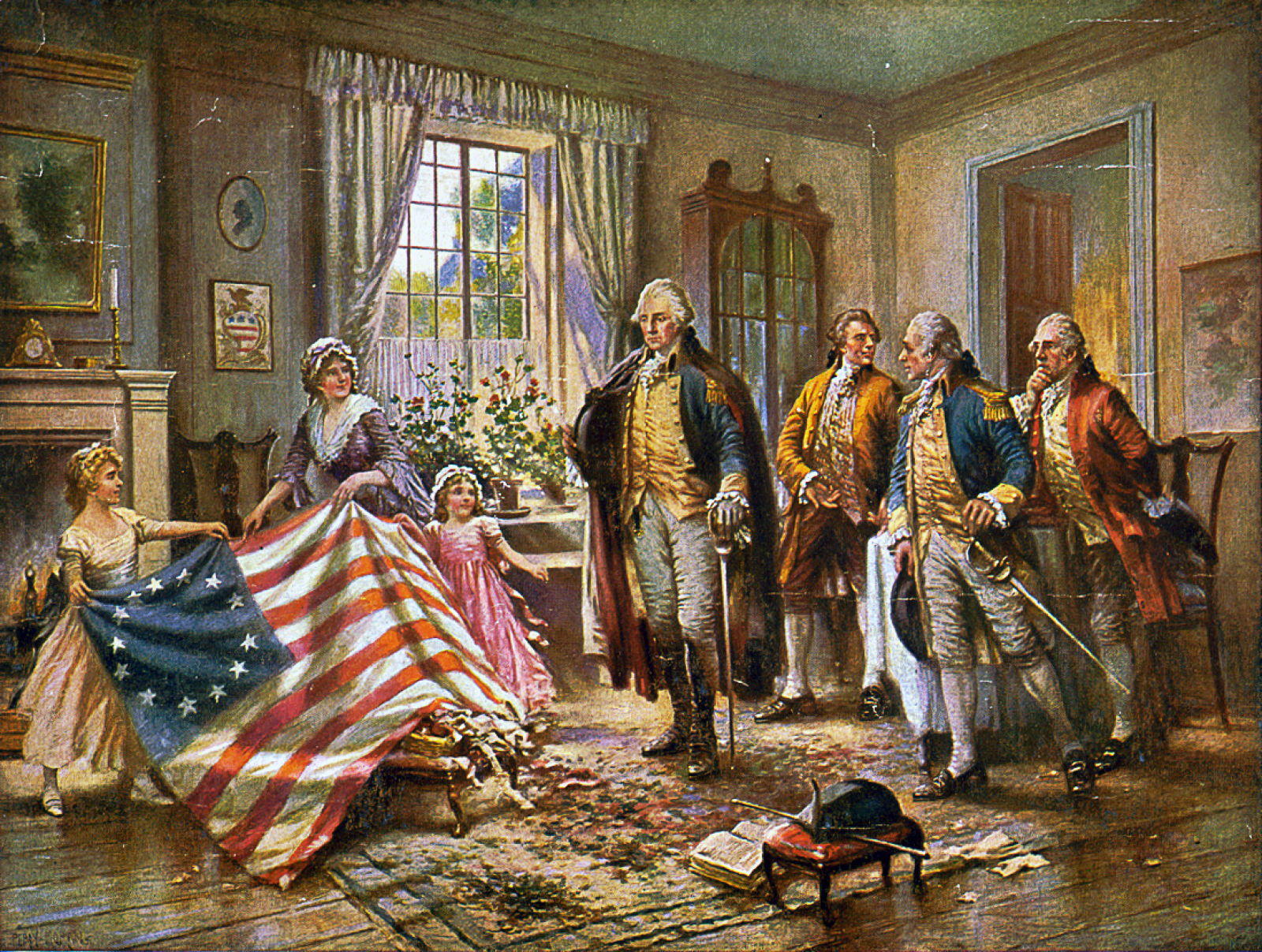
On June 14, 1777, the Second Continental Congress passed the Flag Resolution which stated: “Resolved, That the flag of the thirteen United States be thirteen stripes, alternate red and white; that the union be thirteen stars, white in a blue field, representing a new constellation.”

Two hundred and forty-one years later, we’ve got 50 stars to go along with those original 13 stripes, and eventually 52 if California is successful in breaking itself up into three states. If you want to desecrate the flag, go ahead. It’s free speech, though the Congress did pass the Flag Protection Act in 1989 only to have it ruled unconstitutional when somebody was charged with burning a flag. Of course, you are free to fly the flag any and all days, but the Flag Code suggests that you do so on these particular days:
The flag should be displayed on all days, especially on New Year’s Day, January 1; Inauguration Day, January 20; Martin Luther King Jr.’s birthday, the third Monday in January;15 Lincoln’ s Birthday, February 12; W ashington’ s Birthday, third Monday in February; Easter Sunday (variable); Mother’s Day, second Sunday in May; Armed Forces Day, third Saturday in May; Memorial Day (half-staff until noon), the last Monday in May; Flag Day, June 14; Independence Day, July 4; Labor Day, first Monday in September; Constitution Day, September 17; Columbus Day, second Monday in October; Navy Day, October 27; Veterans Day, November 11; Thanksgiving Day, fourth Thursday in November; Christmas Day, December 25; and such other days as may be proclaimed by the President of the United States; the birthdays of States (date of admission); and on State holidays.